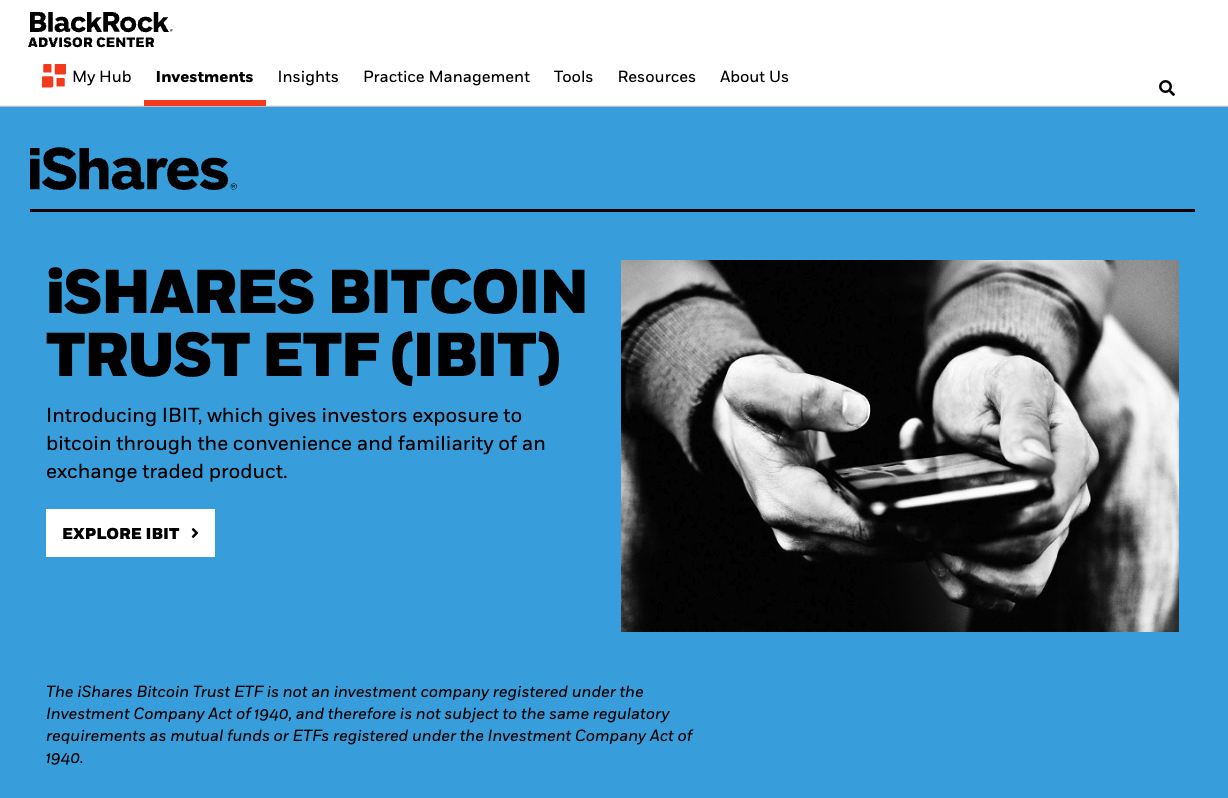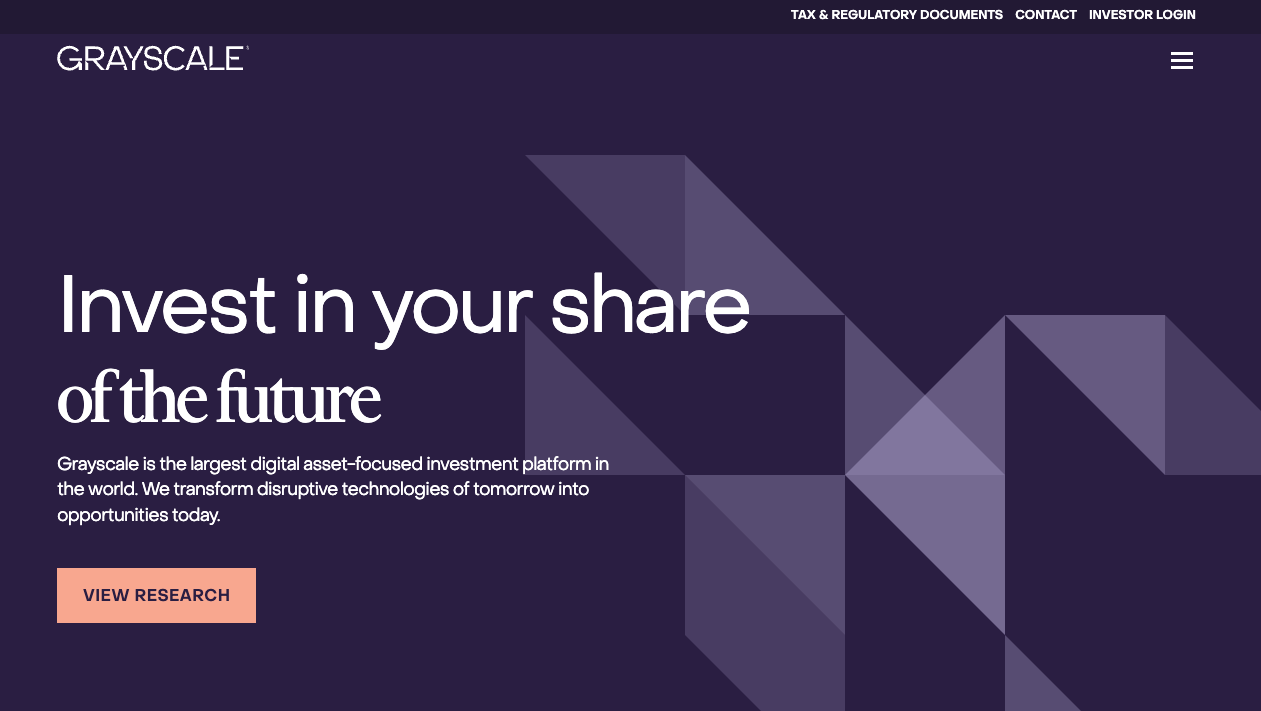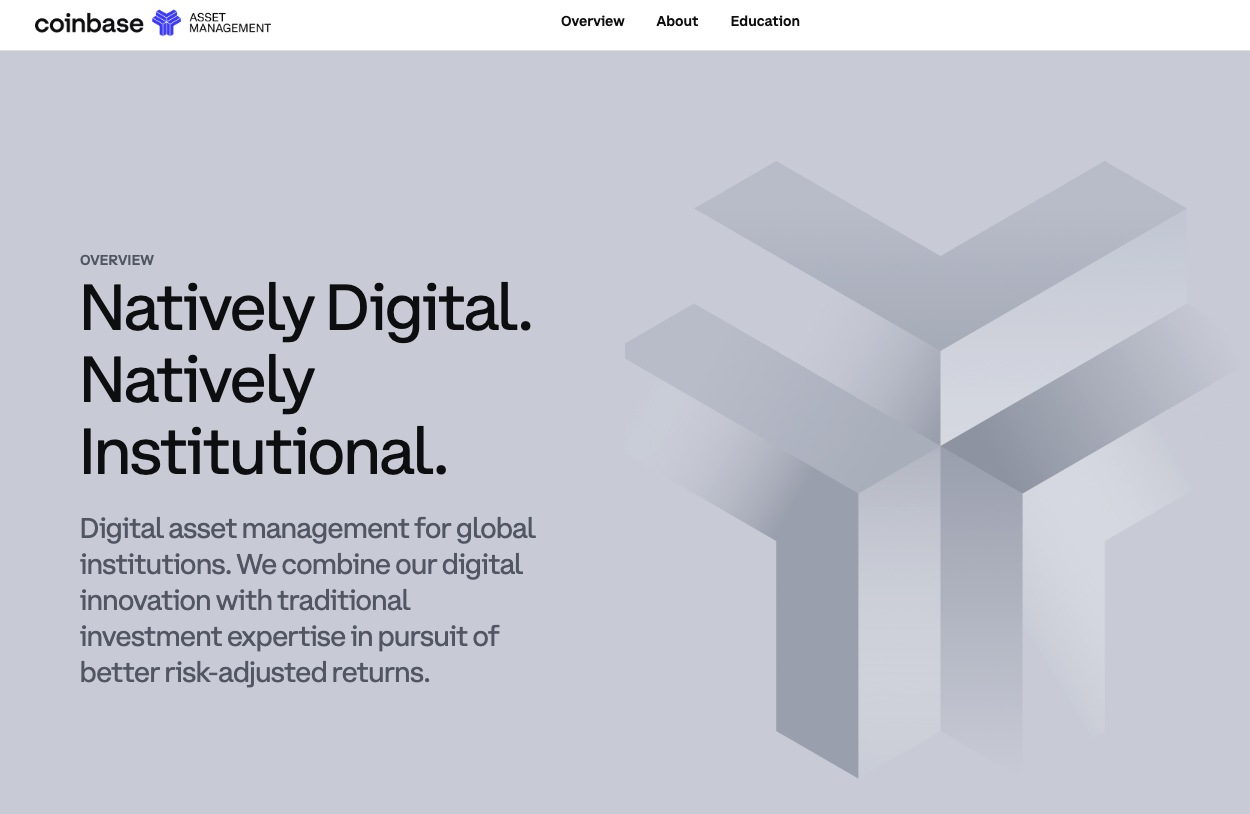.avif)
Lately, institutional crypto is making headlines with recent executive actions allowing 401(k)s to invest in digital assets and traditional finance leaders like BlackRock and Fidelity launching crypto ETFs.
These policy and product shifts are changing how institutions view crypto, and new institutional dollars are fueling growth of web3 infrastructure and the services that support it.
Crypto asset management companies play a central role in all of this. Firms like Blackrock, Grayscale Investments, Bitwise Asset Management, and Galaxy Digital offer institutional-grade custody, portfolio diversification tools, and regulatory compliance frameworks that bridge the gap between traditional asset management and the fast-moving digital asset markets.
But in the end, everything comes down to security. Institutional asset managers must have absolute confidence that their clients’ holdings are protected when selecting a firm to custody their investments.
This article reviews the security practices of leading crypto asset management companies, compares their approaches, and shows how Turnkey takes a different path to help institutional and large investors safeguard their digital assets.
Who are the largest crypto asset managers today?
The institutional crypto sector is now home to some of the largest crypto asset managers in the world, measured by Assets Under Management (AUM), market influence, and product reach. These firms are shaping how traditional finance interacts with digital assets, often serving as the primary bridge for institutional adoption.
Below are brief profiles of some of the top crypto asset managers operating today:

BlackRock
- Overview: The world’s largest traditional asset manager has quickly become a dominant player in crypto through its iShares Bitcoin Trust (IBIT) and iShares Ethereum Trust (ETHA).
- Strengths: Global brand recognition, massive distribution network, record-breaking ETF inflows, and deep integration with traditional financial markets.

Grayscale Investments
- Overview: One of the largest crypto asset managers, known for its flagship Grayscale Bitcoin Trust (GBTC) and Ethereum Trust (ETHE).
- Strengths: Established brand, SEC reporting compliance, extensive track record managing single-asset and diversified crypto funds.

Fidelity Digital Assets
- Overview: The digital asset arm of Fidelity Investments, offering custody and trade execution services for institutional clients.
- Strengths: Bank-grade security, deep integration with traditional finance systems, and strong compliance under U.S. regulatory frameworks.

Galaxy Digital
- Overview: A diversified crypto finance firm involved in asset management, trading, investment banking, and venture capital.
- Strengths: Broad service offering, strong proprietary market research, and exposure to both traditional and blockchain companies.

Coinbase Asset Management
- Overview: A division of Coinbase offering institutional custody and crypto fund products.
- Strengths: Deep liquidity via Coinbase Exchange, insured custodial services, and regulatory engagement in the U.S.

Bitwise Asset Management
- Overview: Specializes in crypto index funds and ETFs designed for professional and institutional investors.
- Strengths: Transparent methodologies, diversified exposure, and strong investor education resources.
Strengths and weaknesses in the crypto asset management sector overall
The crypto asset management sector has developed several core strengths that appeal to institutional investors. Many firms have built established trust through years of performance and transparent operations, often backed by well-known brands in both traditional and digital finance.
BlackRock and Fidelity’s entry into the sector has amplified this effect, bringing the scale, credibility, and global reach of the world’s largest asset manager into the crypto space.
All the firms listed above offer a range of products, including crypto asset management funds, exchange-traded products, and managed account structures, that mirror the investment vehicles familiar to traditional asset managers.
Despite these advantages, the sector also faces notable challenges. For example, many have an over-reliance on centralized exchanges and third-party custodians for both liquidity and custody, which can introduce counterparty and operational risks.
This dependency can also limit flexibility in responding to sudden market changes or infrastructure outages, and often means these custodial setups lack full DeFi capabilities such as direct access to decentralized exchanges, onchain lending, and automated yield strategies.
For asset managers, partnering with these firms might also introduce challenges inherent in relying on third parties to manage client funds, including diminished control over investment decisions, reduced visibility into portfolio activities, higher fees, slower execution, and dependence on the provider’s compliance and security standards.
Key security practices across leading crypto asset management firms
The top crypto asset managers utilize a range of security measures to protect client assets, aligning with institutional expectations and regulatory requirements. Below is an analysis of their key security practices, based on their profiles and industry standards:
Custodian services and custodial staking services
Most top crypto asset management companies secure assets with a standard toolkit comprised of:
- Cold storage: Keys are kept offline;
- Multi-signature wallets: Multiple transaction approvals are required; and
- Insured custody: Insurance protects against losses from theft or operational failures.
Coinbase Asset Management uses Coinbase Custody, its own insured cold storage platform, for client assets. Grayscale also relies on Coinbase Custody, benefiting from insured cold storage and multi-sig protections. BlackRock uses Coinbase Custody for its iShares Bitcoin Trust (IBIT) and Ethereum Trust (ETHA), and also just added Anchorage Digital as an additional custodian. Bitwise custodies with several different providers, including Coinbase, Gemini, Fidelity, and Anchorage.
Fidelity Digital Assets uses in-house systems, while Galaxy Digital blends in-house custody with partners like BitGo and Fireblocks.
Encryption safeguards and security measures
Top crypto asset management companies protect client assets with encryption, access controls, and audits. Encryption safeguards private keys and sensitive data and access controls prevent unauthorized activity. Audits are critical for validating that these controls are effective, compliant with regulations, and aligned with industry best practices.
Fidelity Digital Assets leads with in-house security systems and supplements these with regular audits to verify operational integrity and security posture.
Coinbase and Grayscale rely on Coinbase Custody’s encryption and access controls, with Coinbase Custody undergoing independent audits to confirm that controls over asset storage and transaction processing meet rigorous standards.
BlackRock using both Coinbase Custody and Anchorage Digital, which also undergoes its own independent audits. Bitwise uses all of the above for custody ensuring compliance, and its other custodian, Gemini also undergoes frequent independent audits.
Galaxy Digital combines in-house and partner systems, backed by third-party security assessments to ensure both environments meet custody requirements.
Governance policies and regulatory compliance
Grayscale and BlackRock operate under SEC oversight, following ETF governance standards and full public reporting requirements. Fidelity also aligns its managed accounts with securities law and rigorous governance.
Galaxy Digital and Coinbase operate under rigorous governance frameworks backed by board oversight, regulatory filings, and independent audits. Bitwise also enforces transparent, rules-based methodologies for its index products.
Across the board, U.S. securities compliance is robust, with all these crypto asset management companies setting high standards.
Data center infrastructure and AI for anomaly detection
Institutional-grade infrastructure underpins security and uptime.
Coinbase runs large-scale custody and trading systems with automation and AI monitoring. Grayscale, Galaxy, Bitwise, and Blackrock lean on custodians for infrastructure and anomaly detection, limiting direct control.
Fidelity protects its systems with its own secure data centers backed by major cloud providers and redundancy for added resilience.
Counterparty risk management
Mitigating counterparty risk is essential in trading and custody. Both Fidelity and Coinbase operate their own custody platforms. Each also serves as a centralized custodian for external clients, meaning operational control and risk remain concentrated within their respective infrastructures.
Grayscale, Blackrock, Bitwise, and Galaxy depend heavily on their custodians, inheriting both their protections and vulnerabilities, though evidence suggests Galaxy custodies assets in house as well.
Incident response playbooks
Incident response frameworks enable rapid reaction to breaches, market volatility, or compromised keys. While these companies typically don’t list their incident response procedures for security reasons, evidence suggests Fidelity and Coinbase’s in-house custody and experience provide comprehensive, well-practiced response capabilities.
Grayscale, Galaxy, Bitwise, and Blackrock rely on their respective third-party custodian’s playbooks, with response procedures coordinated through those custodians, an arrangement that can introduce additional steps compared to fully in-house teams.
Comparison of security approaches
Fidelity stands out for its fully in-house, bank-grade security, strong governance, and minimal third-party reliance. Coinbase offers liquidity, insured custody, and AI-driven monitoring.
Grayscale, Bitwise, and BlackRock inherit the strengths and weaknesses of Coinbase Custody, (and in the case of BlackRock, Anchorage Digital) gaining robust cold storage but lacking direct control over infrastructure. Galaxy Digital’s diversified operations make it more complex to assess, with less public transparency into its security practices.
Turnkey: A different security model for institutional crypto finance asset management
While most crypto asset management companies rely on centralized custodians, Turnkey’s approach is built from the ground up for institutional-scale security and operational control.
Turnkey’s model allows asset managers to custody their own clients’ crypto assets and investments with ease, ensuring they maintain full control over transaction approvals, and policy enforcement, while reducing reliance on third parties and minimizing custody risk.
Turnkey’s policy-based security framework allows asset managers to set precise transaction rules, eliminating risks from phishing attempts or unauthorized transfers. Every transaction is checked against these rules before execution, providing automated protection without adding manual friction.
Institutional clients retain direct control of their assets, with automated policy enforcement and granular permissions that define who can initiate, approve, or finalize transactions. This allows for operational agility without sacrificing security oversight.
Turnkey’s infrastructure integrates seamlessly with tokenized assets, derivative strategies, large-cap crypto portfolios, and any other class of onchain or off-chain digital asset, giving asset managers the flexibility to execute sophisticated, modern trading and investment strategies.
Turnkey’s embedded safeguards provide protection and oversight in areas where many traditional custodians lack coverage, such as automated policy checks before every transaction, geo-location and device fingerprinting for transaction verification, phishing-resistant signing workflows, and real-time anomaly detection for suspicious activity.
Choosing the right crypto asset management company for institutional security
The largest crypto asset managers — from Grayscale and Fidelity to Coinbase, Bitwise, Blackrock, and Galaxy Digital — offer proven custody solutions, institutional-grade products, and regulatory alignment. Each has strengths, such as deep liquidity, brand trust, or bank-grade systems, as well as weaknesses, such as reliance on centralized custodians or limited DeFi integration.
For institutional asset managers, choosing the right partner means finding a balance between bank-grade security, compliance with regulatory frameworks, and adaptable governance that can keep pace with evolving investment strategies. The custodian you choose will shape both your security posture and your operational flexibility.
Turnkey provides a competitive advantage by combining granular policy controls, and seamless integration with modern institutional investment workflows. In doing so, it offers the confidence that large-scale digital asset portfolios can be managed securely, efficiently, and in alignment with institutional governance requirements.Ready to secure your institutional crypto operations? Explore how Turnkey can safeguard your assets while enabling scalable, compliant growth. Reach out to our sales team and get started today.
Note: The approaches attributed to individual crypto asset management companies in this section are based on publicly available information as of the date that this article was first published. The information provided in this section is for general informational purposes only and does not constitute legal or security advice. Nothing in this section should be relied upon as a substitute for direct diligence or consultation with qualified legal counsel regarding your individual circumstances. The publishers do not assume any liability for actions taken or not taken based on the content of this section.

.png)




